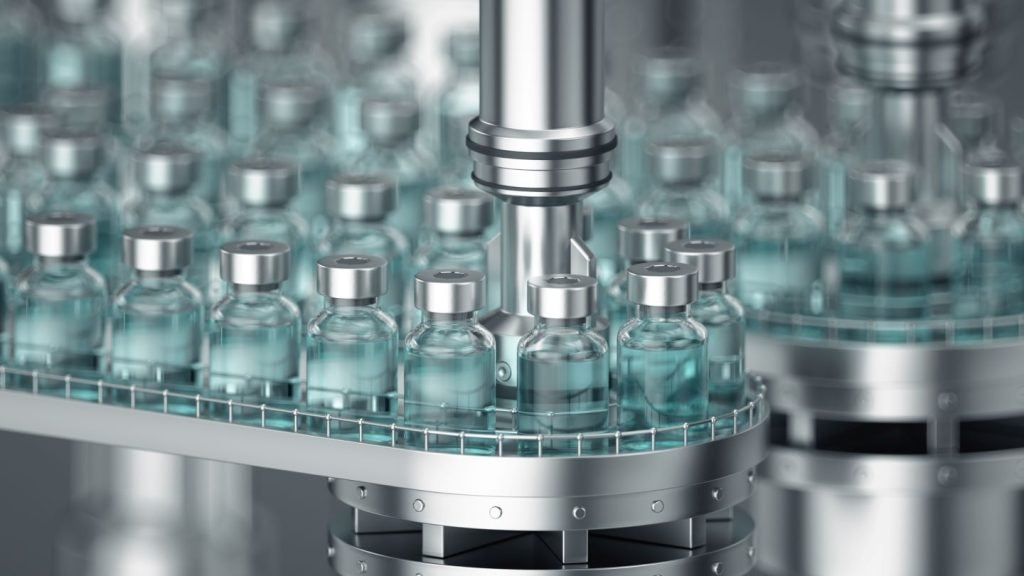India's independent drug pricing regulator, the National Pharmaceutical Pricing Authority (NPPA), has issued a marginal increase of 0.0055% to the maximum retail price (MRP) of medicines included in India’s national list of essential medicines (NLEM), which took effect on 1 April 2024. As such, pharmaceutical companies are permitted to increase the prices of their drugs by this percentage. The marginal price adjustment is expected to affect 923 scheduled formulations listed in the NLEM, including antibiotics, cardiovascular medicines, tuberculosis drugs, and Parkinson’s and dementia medicines, among others; the small scale of the adjustment renders it meaningless compared to previous price adjustments.
The NPPA’s revised ceiling prices are calculated based on the average retail price of the named formulation(s) having a market share of 1% or more and being in accordance with the Drug Price Control Orders (DPCO) 2013. Manufacturers and pharmaceutical companies may revise the prices of the product following the routine annual change in the Wholesale Price Index (WPI) of the preceding calendar year. This policy is not applicable to patented drugs or fixed-dose combination (FDC) drugs. However, this year’s price increase is so marginal as to be almost equivalent to zero, especially compared to the significantly higher price increases observed in the last three years. In 2021, the NPPA approved a 10.7% increase to the MRP of drugs enlisted in the NLEM and a 12.1% increase in 2023. Therefore, the insignificant price increase for the new fiscal year (FY 2024–2025) will come as a huge blow to pharmaceutical developers as they grapple with the global tightening of price control mechanisms alongside the rising costs of raw materials, shipping, and production. Furthermore, India’s Department of Pharmaceuticals (DoP) recently announced plans for a new pricing reform for pharmaceutical products and the induction of price control for medical devices, which would induce more stringent rules over pharmaceutical pricing. Such measures risk decreasing sales of price-controlled products, which in turn could discourage multinational pharmaceutical companies from launching new products in the Indian market.
In low-income and middle-income countries (LMICs) such as India, patients and healthcare providers (both public and private) often struggle with high and increasing pharmaceutical prices due to low and weak health insurance coverage, which restricts patient access. In India, the pharmaceutical market is majorly dominated by generics, accounting for 78.33% of all drugs in the Indian market, while patent-protected drugs account for 21.67% of the market share, according to GlobalData’s Price Intelligence (POLI) database. India sees the second most significant generic market penetration in the Asia-Pacific (APAC) region, just behind Malaysia. One reason could be that the country’s pharmaceutical price controls measures generally disincentivise pharma companies from developing novel originator medicines while incentivising the production of generics. This policy works in India’s favour, however, as the country is one of the leading producers and exporters of generics globally.
The cardiovascular disease (CVD) treatment market is one of the leading pharmaceutical markets in India, as the country accounts for one-fifth of all cardiovascular-related deaths worldwide. According to national statistics, India’s cardiovascular market was worth $2.52bn in 2022 and is forecast to reach $4.26bn by 2030. Consequentially, there is a strong emphasis on generic CVD drugs over branded drugs due to their affordability. The average price increase of generic cardiovascular medicines from 2019 to 2024 was 44.19%, compared to the 59.97% average price increase of branded cardiovascular medicines, according to GlobalData’s POLI database. For manufacturers of branded/originator CVD drugs, the price changes authorised by the NPPA over the years have likely benefitted them. Branded medications typically command higher prices due to factors such as high R&D costs, patent protection, post-marketing surveillance, and marketing expenses, which generally grant them monopolistic control over the market. As a result, the upward revision of their prices helps maintain profitability, but this may not be the case with this year’s price increase of essentially zero per cent.
Pharmaceutical price control is a popular technique that has been used by other countries to address the shortages of medicines following the Covid-19 pandemic and relieve pharma companies that are suffering from high production costs. The implementation of market-based price ceilings on a set of essential medicines, including on-patent and generic drugs, is a form of pharmaceutical price control applied by the Indian Government and intended to make drugs accessible to people at an affordable price and address drug shortages. GlobalData examined a similar price increase for 146 essential medicines in Pakistan under the hardship category to subsidise the rising cost of active pharmaceutical ingredients (APIs) and production, which led to an acute nationwide shortage of essential drugs. While the upward revision of drug prices is positive for their respective producers, patients must increase their out-of-pocket (OOP) spending to cover the increased prices. This is also the case in India, where OOP healthcare expenditure accounts for more than 50% of total healthcare expenditure, despite India having among the lowest drug prices in the world.
The price ceiling policy has been in place for more than two decades, but it has neither been very successful nor free of consequences for pharma companies. Instead of the existing price controls, other mechanisms such as promoting competition among local manufacturers and increasing public healthcare spending should be focused on. It remains to be seen if the NPPA will schedule additional price adjustments for essential medicines in the current fiscal year ahead of the national elections, which are set to take place between 19 April and 1 June 2024.














